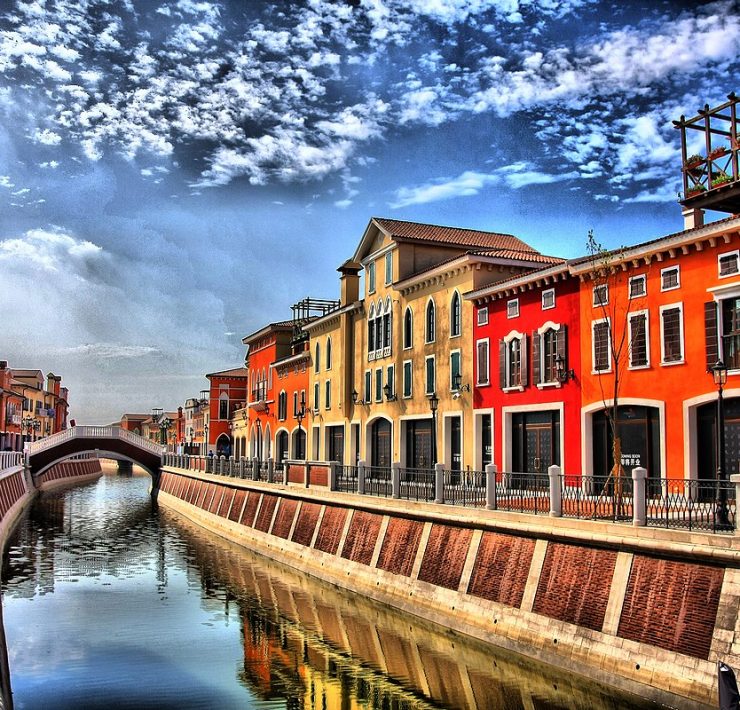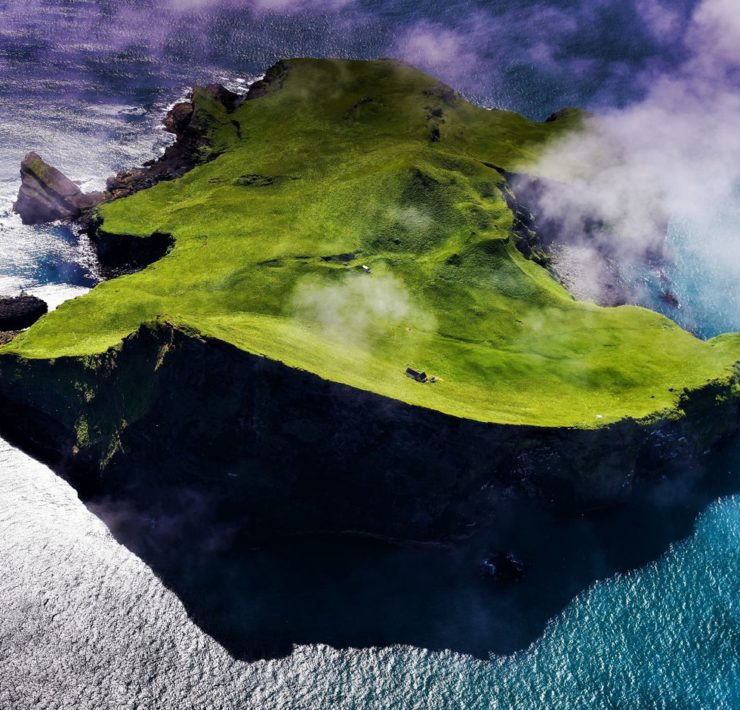Ever seen a river pass over a river? The idea may strike you absurd, but such a thing truly exists in Germany.
The Magdeburg Water Bridge is said to be the longest navigable aqueduct in the world, at 918 meters. While other existing navigable aqueducts can fit only a few small boats at a time, this aqueduct–a highway of aqueducts–can accommodate large cargo ships at the hundreds.
Built for the transport of goods of eastern and western Germany, the Magdeburg Water Bridge is mainly a route for large commercial ships from the Elbe-Havel Canal to Mittelland Canal without having to make a cumbersome 12-kilometer detour using the original Elbe River route. Without the Water Bridge, ships from the Mittelland canal have to descend into the Elbe River through the Rothensee boat lift, sail downstream of the Elbe, and then climb out into the Elbe-Havel Canal through the Niegripp lock (see map below). The low water levels of the Elbe had often hindered fully-loaded barges from passing this route, thus requiring the time-consuming off-loading of cargo.
Construction of the aqueduct started as early as 1930 but came to a halt during World War II and the Cold War. It was only after the reunification of Germany that the construction once again became a priority. Work continued in 1997, and the Magdeburg Water Bridge was finally completed in 2003.
When On Earth Magazine is for people who love travel. We provide informative travel guides, tips, ideas and advice regarding places to see, things to do, what to taste, and much more for world travelers seeking their next dream vacation destination.






